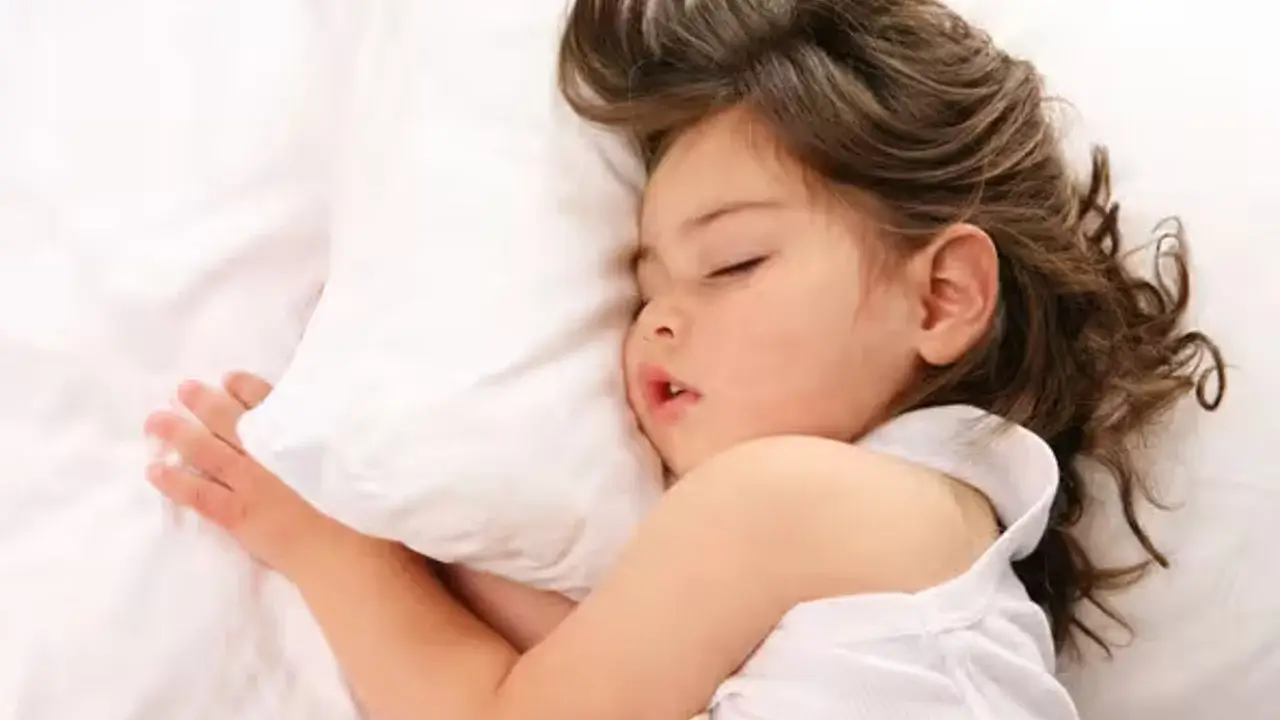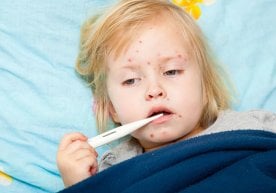
During the warm summer days, children spending more time in nature often experience bee or wasp stings. This situation can be not only unpleasant but also worrying for young children. At such times, the most important thing is not to panic but to provide correct and precise help, keeping the child comfortable. Russian experienced pediatrician Anna Parshinova recommended simple but effective measures to relieve pain, reduce the likelihood of allergic reactions, and prevent complications after a bee sting.
Checking the child and removing the sting
When a bee or wasp sting occurs, the first thing to do is check if a sting remains on the skin. Bees often leave a small spike (stinger), while wasps usually do not. If a sting remains, it should be carefully removed with tweezers without pressing. Pressing can increase inflammation and pain, so it is important to slowly and carefully lift the sting.
Cleaning with antiseptic
After removing the sting, the bite area should be cleaned with an antiseptic. Hydrogen peroxide, chlorhexidine, or an alcohol wipe is suitable. These measures reduce the risk of infection entering the wound and prevent skin inflammation, helping the child feel comfortable faster.
Reducing swelling and pain with a cold compress
To reduce swelling and pain, apply a cold compress to the sting site. This can be a cloth or towel soaked in cold water with ice wrapped inside. However, ice should not be applied directly to the skin to avoid frostbite. Cold helps reduce pain and makes the child feel more comfortable.
Measures against allergy
If the child develops an allergic reaction such as itching, redness, or swelling, an age-appropriate antihistamine can be given. This medicine supports immunity against allergens and significantly reduces skin inflammation, helping the child feel better faster.
Reducing pain and discomfort
If the child complains of pain, age-appropriate paracetamol can be given. This relieves pain, calms the child, and does not interfere with daily activities.
Carefully monitor the child’s condition. If facial swelling increases, breathing becomes difficult, fainting occurs, or large rashes appear on the body, seek medical attention immediately. These signs may indicate the development of anaphylactic shock, in which case rapid medical help is critically important.
Read “Zamin” on Telegram!Users of Меҳмон are not allowed to comment this publication.









